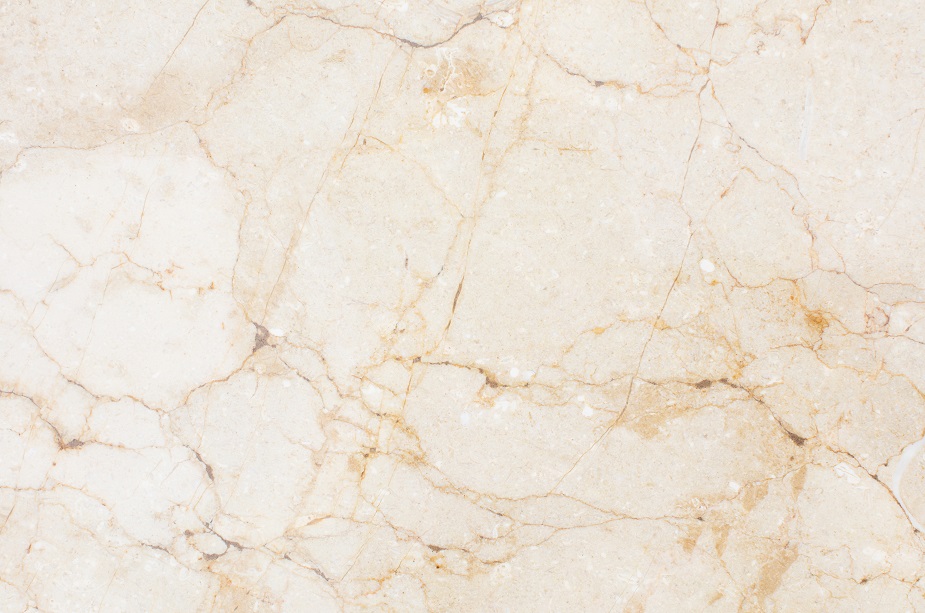Is limestone the same as imported marble? Identifying imported marble
If the same question still bothers you, then you are in the right place. Today we are unwrapping the whole topic of limestone and imported marble. Let's take a glimpse here!
Limestone and imported marble
The thing that makes limestone and imported marble different from each other is their texture and appearance. The limestone has a granular structure, is dull, and has a matte finish, whereas marble does not. Marble has a well-polished, smooth, shiny finish and a non-granular structure. How is marble formed? When it comes to the formation process, then these both display contradicting features. Marble forms when the limestone is drawn under extreme pressure and temperature, and then the crystals of calcium carbonate get fused together and brought into the recrystallization process. The patterns like veins on the marble are also formed due to this reason.
On the flip side, limestone is formed due to the years of decomposition of fossils of dead animals, and this results in different colors based on the type of minerals in the water.
Features of the limestone and marble
Marble -
- Marble is a metamorphic rock
- This is formed due to the extreme temperature and pressure of the limestone.
- Composed of different materials like calcium carbonate, quartz, mica, and pyrite.
- Various patterns of veins, well-polished and non-granular textures
- used for decorative purposes like flooring, countertops, and sculptures
- This marble is considered a highly soft one, which is why it requires high maintenance.
Limestone -
- Limestone is a sedimentary rock.
- This is formed due to the decomposition of fossil fuel beneath the water at extreme pressure and temperature.
- Has a granular structure and matte finish.
- Durable, absorbs water, and has weather resistance.
- Highly reactive
- This is used in cement production, agriculture, and industrial processes.
How can you distinguish imported marble from limestone and other marble?
Stone Hub India is an imported marble company that understands that most customers trust without question. But it is up to the person selling the marble to tell customers everything they need to know. If you want to distinguish imported marble from others, then we share the following traits that stand out:
- The thickness of imported marble is 18–20 mm.
- The softer and smoother surface of the marble
- This always comes with a pre-polished thing.
- Directly imported from Italy.
- Crystal-like appearance and lustrous sheen.
Imported marbles are of the highest quality and enhance the appearance of the building. The Italian marble price in India is also reasonable and will not strain your budget. But in most cases, people choose the wrong marble for their building, and sometimes they find that they have purchased limestone due to a lack of awareness. If the same thing ever happened to you, never repeat the mistake again, and follow this blog to know in-depth about it.

